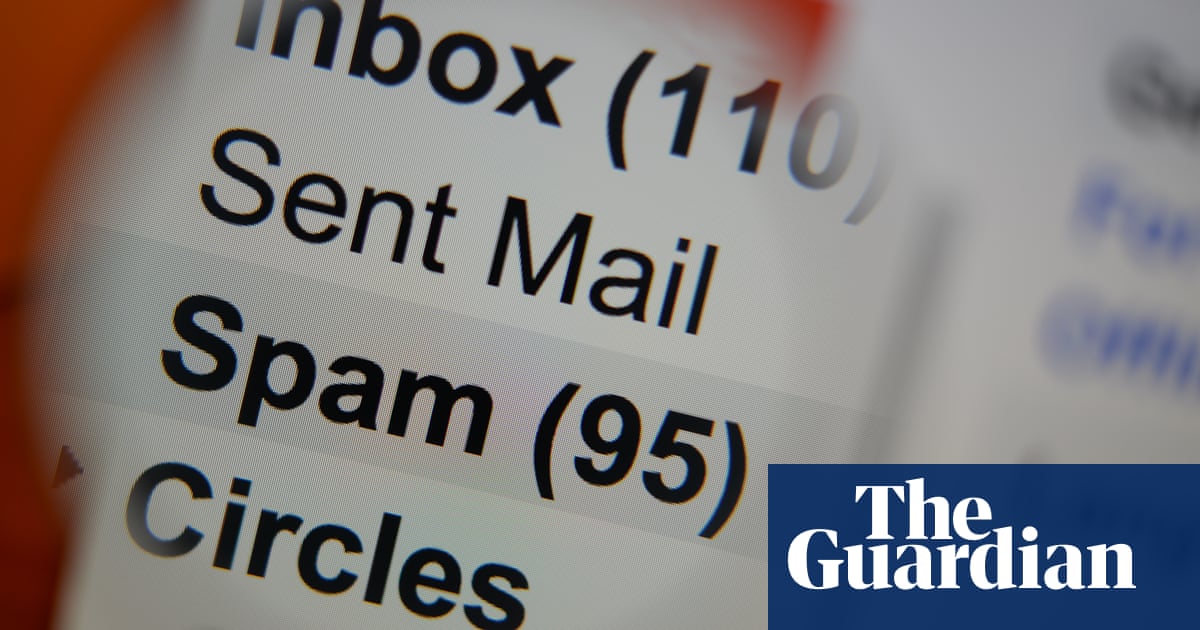I'd long ago ditched using my own ISP's e-mail service for exactly the reasons given in the linked article. I know it was a freebie, but it ties you into that provider, and it is a major pain to change 500+ logins elsewhere (another good reason why we should be allowed to use login IDs instead of e-mail addresses). The days of having only 5 or 10 services to log in to, are long gone.
Yes one "could" move to Gmail (or similar) but the thing is Google does mine that data (I know it won't worry many people) and Google has also shown it is not always interested in keeping a service going forever. A free Gmail account forces you to use their domain name, as a custom domain name will require the paid Gmail service. So, for a free account you are now tied to Gmail, have your mails mined, and would have to go through lots of pain to move again in the future. If you don't like Google, GMX is another good option for free e-mail without a custom domain name.
E-mail redirectors also pose a similar problem because I used Bigfoot for many years for this, but then they also shut down.
You could also host your own e-mail server, but that takes technical knowledge and some cost of either hardware or hosting costs anyway, and you run the risk of being an untrusted mail domain. Most average users are not going to opt to go this route.
What does not shut down though is one's own domain name. My domain name costs me about US$7.70 per year. I can use that for a website if I wish, but also for e-mail. That e-mail address will never change as long as I keep paying the annual fee for the domain name. The domain name can point to any other e-mail service, no matter how often you change your actual e-mail provider service. The ONLY proviso for this is that you must choose an e-mail provider that allows the use of a "custom domain name". What does frequently come with this, unfortunately, is that it is typically only paid e-mail services that allow you to use your own custom domain names. Still, e-mail as a service is not very expensive, and if you are a business, this is really important for branding and consistency anyway. I was already paying for Proton VPN, and to upgrade to use their free e-mail with a custom domain name and 500 GB of space, cost me around US$3 per month extra (and that now also gives me fully encrypted and digitally signed e-mails).
But something worth otherwise considering is checking with your domain name provider too. Mine actually offers an e-mail service for about US$1.90 per month. You can always move to a different e-mail service later on, as you still have your own domain name, and there is no need to update your e-mail address anywhere else again.
Although paid e-mail does cost a little money per month, one perk you do often get is multiple e-mail addresses, so you could also consider sharing with trusted family members where you could have their first name as the address, and use your family name as the domain name.
In summary, if your mail service is completely free you are probably the product of that service (either through data mining, lock-in without a custom domain name choice, forced to use webmail login, restricted storage space, tied to another service you have to pay for, etc). Similarly, if you go with a custom domain name e-mail service, you will probably have to pay a bit and go through an initial setup, but usually your e-mail is being left alone by the provider, and you can switch at any time with nearly zero interruption or notification changes to anyone. It's worth thinking about.
See
Australia’s internet providers are ditching email, to the disgust of older customers
As internet service providers such as Telstra and TPG curtail their email accounts, customers from older generations are facing a difficult shift
#
technology #
email #
Australia
